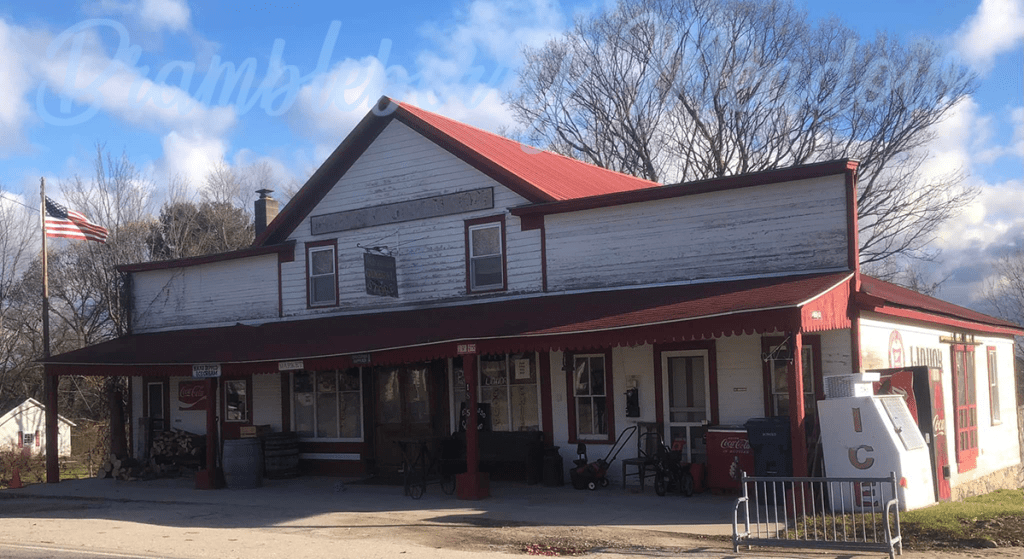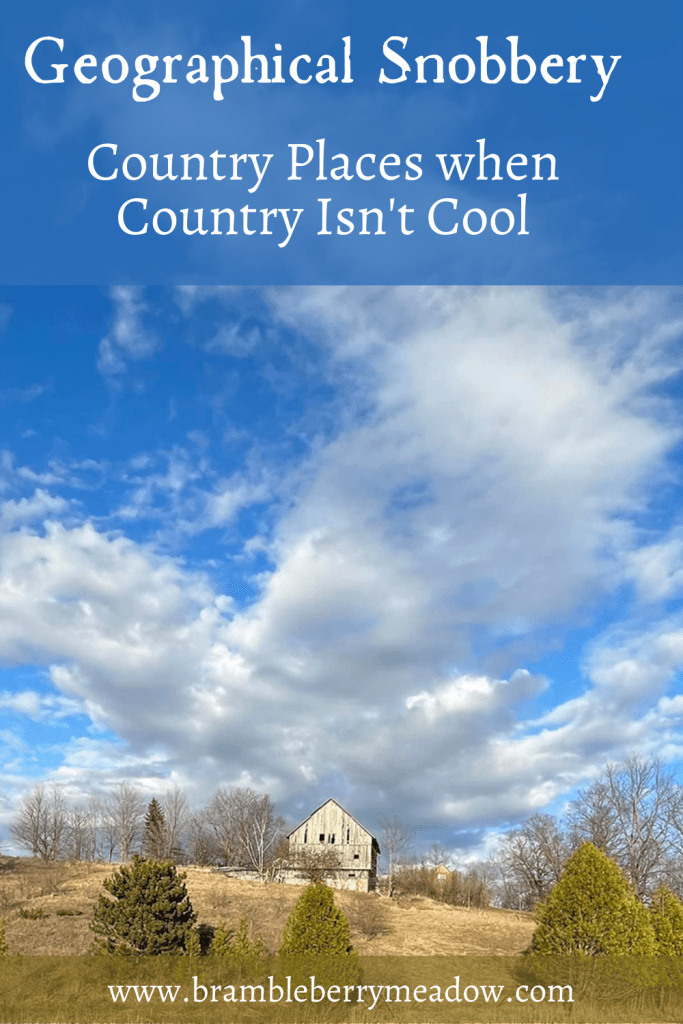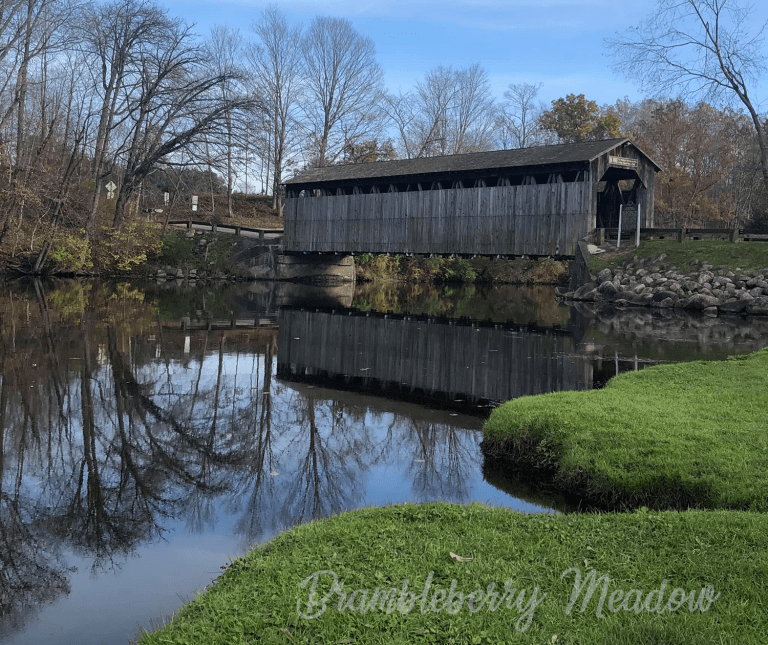Geographical Snobbery
C.S. Lewis more than once discussed the problem of Chronological Snobbery, which he defined as, “the uncritical acceptance of the intellectual climate of our own age and the assumption that whatever has gone out of date is on that count discredited.” And I would posit that this is even more evident in the present age.
But, taking a leaf from that page, I would say that we suffer equally from Geographical Snobbery. We’re all familiar with the form this takes when the Transatlantic or Bi-Coastal jet-set classes refer to the rubes of “Fly Over Country,” – to the extent that they take note of us at all. The famous New Yorker cover from 1976 featured this attitude in artwork, by Saul Steinberg:

And we denizens of the Middle of the country roll our eyes, and go about our business. A more insidious type of snobbery, however, oozes out of almost every corner of pop culture. Magazines, movies, political commentary, stand-up comedy – all of it tells us that to live in rural America is to be less. That the siren call of the “rich cultural offerings” of urban centers is so alluring that only those incapable of following it or so odd as to be incomprehensible fail to follow.
Conservative pundits and cultural gatekeepers are as guilty of it as anyone else – although more subtle. Survey the landscape of “journalism” as it applies to anything outside of the Coasts – and find that only Salena Zito seems capable of handling her subject with affection, grace, and understanding. Others – some who come from small rural towns and others who have returned to them, able now to work remotely, continue to apply their adopted urban lens to their former home.
Even those who choose to move from urban centers to small settlements in the country bring their geographical snobbery with them. They seem to feel it is not just their right but their duty to carry with them the values and mores of their former homes. As if their new home would be perfect if only its demographic make-up reflected “America.” They love the way their neighbors pulled together to help the family whose child was diagnosed with cancer, but complain that the township board meeting starts with a prayer. Transplants lobby the board to change the zoning to allow them to turn the old barn on their purchased farmlet into a wedding venue, and oh yes, pave the road the property is on. And then wax on to anyone who will listen about the fact that the locals are “too stand-offish” and “not welcoming.”
Much ink has been spilled about the decline of rural America. Although even the discussion of the “brain drain” implies that anyone who stays is just not that bright. Some books and articles by rural denizens who have achieved a national platform rage at what has been lost. Others imply that the situation is tragic but the “good parts” version of it could still be saved – if only those distant places could be made more like the “cultural centers”. None finish their analysis by regarding rural communities as Stitch did the adoptive family at the end of the Disney flick, “Is little. And broken. But still good.” Because what none of them see is that, as we lose our places, we lose our rural culture. They don’t see it, because they don’t value it, and would rather replace it with THEIR culture.

I’ve spent many hours reading anything that seems promising. But even the self-appointed localists who idolize Wendell Berry must stop and genuflect before the altar of the Uber culture. Each time I find an organization whose mission I might be able to get behind, I’m frustrated by the urbanocentric spot in which they stand – trying to fix something that they have lost the manual to.
If you begin from a base assumption that more “amenities” = better, automatically, then your equation will always be unfairly weighted. I could go all my life without needing to go out for Pad Thai. It’s been well over a decade since anything produced by Broadway held the remotest interest. Give me a small town 4th of July parade and ice cream social over an urban cultural festival any day of the week. The Jet Set talks endlessly about where they will go next. I simply want to build my little farmstead – and not go into town more often than I must.
None of this is to say that there are no problems to be addressed. Yes, vertically integrated industrial agriculture is depleting soil quality while driving family farms out of business. Yes, those much-vaunted urban centers tend to treat the rest of the country as a resource-rich region to be exploited. Yes, the low incomes provided by agricultural work mean that there are fewer dollars circulating in farm communities. Yes, the influx of big box stores into small-town America does tend to suck up lots of those dollars and send them out of the community. Yes, small towns are insular, operating as much on social capital built up over generations of relationships as they do on market-based principles.

But these are problems that are best addressed by focusing inward – away from government solutions, not toward them. By setting aside efficiency in favor of abundance, and leaving the loop of loans and subsidies for an agriculture that feeds us and our neighbors – with some surplus to sell outside the community – we can close the loop again. The loop that recognizes that the community is dependent on the farm, and the farm is dependent on the community – and both depend ultimately on the health of the soil. We don’t need to attract new industries. We need to build new local businesses that aren’t there to exploit the community.
I admit that I have a somewhat fraught relationship with Wendell Berry’s work myself. I think he enshrines in the practice of tractor-free farming and keyboard-free writing a virtue that is not wholly possessed. But I certainly recognize the point about the unalloyed ill of industrial agricultural and the blight it has caused our rural places. And a basic familiarity with Berry is a good place to start.
Perhaps it’s time to reject the geographical snobbery of our self-appointed betters and look toward solving our own problems. It’s a topic I’ll return to. Keep an eye on the Bluestocking Bower for more.







